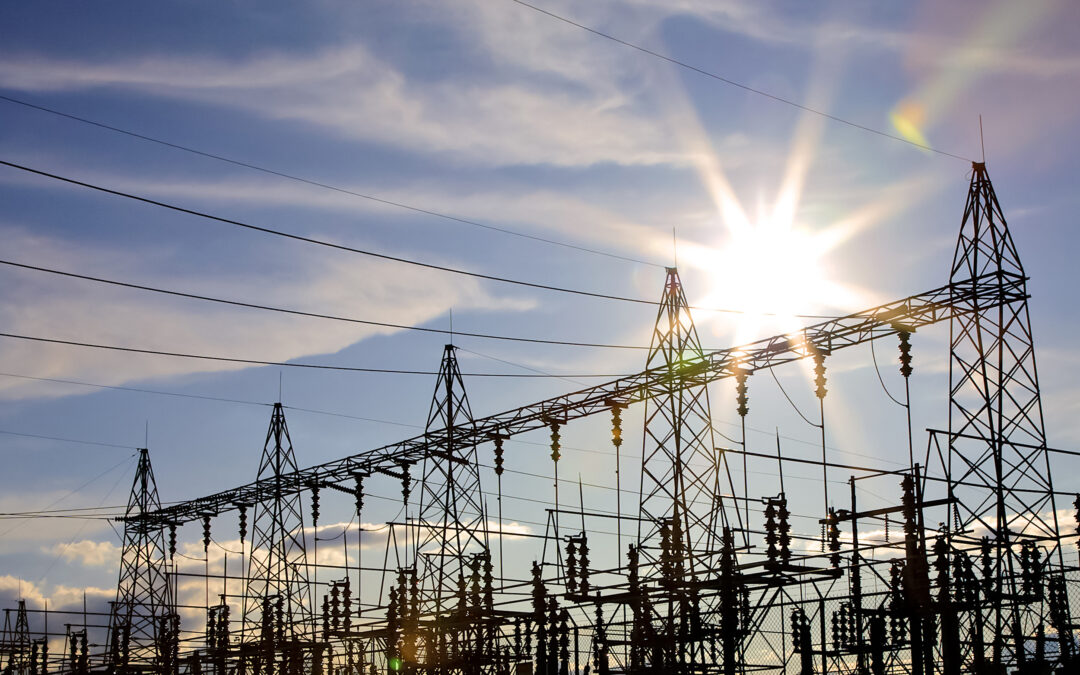Twenty years ago, the power grid was run mostly on fossil fuels and nuclear power. Vijay Vittal, a Regents Professor of electrical engineering in the Ira A. Fulton Schools of Engineering at Arizona State University, was an influential voice in power grid research during that time. Working with other electrical engineers, he defined stability criteria for the power grid as it existed in 2004.
Since then, the grid has evolved rapidly and renewable power has played an increasingly larger role in producing electricity. To account for these changes, Vittal and his colleagues reconvened to revisit their earlier work and redefine stability for the modern era.
The resulting paper, “Definition and Classification of Power System Stability – Revisited & Extended,” published last year, won the Institute of Electrical and Electronics Engineers’ Power & Energy Society Prize Paper Award.
Renewable power sources can operate differently than traditional fossil fuel and nuclear power generation methods, which affects the stability of the grid they supply.
Traditional methods use synchronous generators, which spin alternators with the force created by the combustion of gasses or steam to generate electricity. The alternators then produce electricity, much in the same way a car’s alternator powers its electrical system and keeps its battery charged. Since 2004, synchronous generators have a reduced level of prominence as renewable energy technologies have taken a greater role in power generation.
